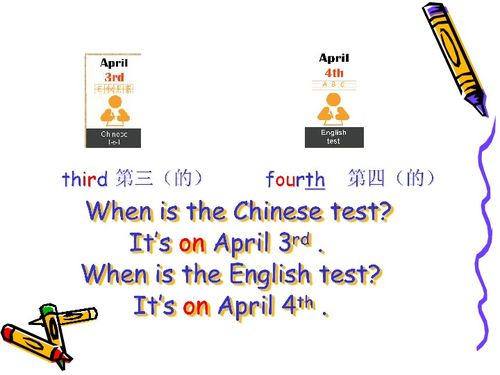Article Content:
Fishing, an age-old pastime that has been cherished by millions around the world, is not just a sport but a serene escape into nature. Whether you are a seasoned angler or a beginner looking to cast your line into the unknown, there are always new tricks and techniques to enhance your fishing experience. In this article, we will delve into some invaluable fishing tips that will help you become a more proficient angler.
Understanding the Basics
Before we dive into the nitty-gritty of fishing techniques, it's essential to understand the basics. Here are some fundamental tips to get you started:
Choose the Right Gear:
- Rod and Reel: The choice of rod and reel depends on the type of fishing you plan to do. For freshwater fishing, a spinning rod and reel are versatile and suitable for most species.
- Line: The type of line you use should match the fish you're targeting. Monofilament is great for beginners, while braided line offers more sensitivity and strength.
- Hooks: Select hooks that are appropriate for the size and type of fish you're aiming to catch.
Learn to Cast:
- Practice your casting technique to ensure you can accurately place your bait where the fish are.
- Start with a short cast and gradually increase the distance as you become more comfortable.
Understand the Fish:
- Familiarize yourself with the habits and habitats of the fish you want to catch. This knowledge will help you determine the best spots and baits to use.
Advanced Fishing Techniques
Once you've mastered the basics, it's time to elevate your fishing game with some advanced techniques:

Bait Selection:
- Live bait can be more effective than artificial lures, especially for larger fish. However, artificial baits can be more versatile and are less likely to spoil.
- Experiment with different baits to see what works best in your fishing environment.
Reading the Water:
- Observe the water's surface for signs of fish activity, such as ripples, bubbles, or fish feeding.
- Look for structure like rocks, logs, or weed beds, as these can be prime spots for fish to hide and feed.
Timing is Everything:
- Fish are more active at certain times of the day. Early morning and dusk are often the best times to fish.
- Consider the moon phase and weather patterns, as these can also influence fish behavior.
Trolling and Drifting:
- Trolling involves moving your boat at a slow pace while dragging a lure or bait behind you. This technique can cover a lot of water and is effective for catching fish that are spread out.
- Drifting is similar to trolling but involves letting the current carry your boat and bait. It's a great way to fish over structure or in areas with strong currents.
Specialized Techniques for Different Species
Different fish species require different approaches:
Freshwater Fish:
- For species like bass and trout, use techniques like nymphing, dry fly fishing, or casting to structure.
- Focus on the forage fish that these species prey on, and use baits that mimic them.
Saltwater Fish:
- Saltwater fishing often requires heavier gear and different techniques like bottom fishing, fly fishing, or deep-sea fishing.
- Consider the tide and current, as these can significantly affect fish movement and feeding patterns.
Safety and Etiquette
Always prioritize safety and good fishing etiquette:
- Safety First: Wear a life jacket if you're fishing from a boat, and be aware of your surroundings.
- Respect the Environment: Keep the area clean, and follow local fishing regulations.
- Be Considerate: Avoid disturbing other anglers and respect private property.
Final Thoughts
Fishing is a journey of continuous learning and improvement. By incorporating these fishing tips and techniques into your repertoire, you'll be well on your way to becoming a more skilled angler. Remember, the key to successful fishing lies in patience, practice, and a deep respect for the natural world. Happy fishing!












